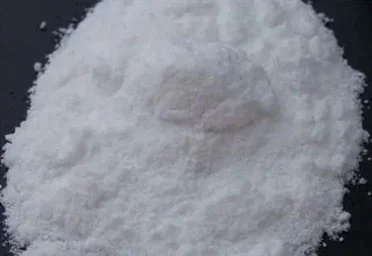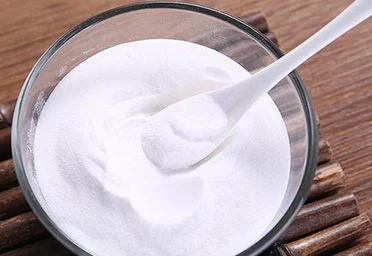Carbon dioxide can directly react with sodium hydroxide or sodium carbonate solid to generate sodium bicarbonate. Sodium bicarbonate, also known as baking soda, is a white crystal or opaque single crystal. Non-toxic, salty, soluble in water, slightly soluble in ethanol.
This type of inorganic salts is an absorbent antacid in medicine and can be used in cleaning agent, tanning, mineral processing, smelting and so on in industry.



Sodium bicarbonate, commonly known as baking soda, is a white crystalline powder with the chemical formula NaHCO₃. Renowned for its versatility, sodium bicarbonate is widely employed in various applications. It acts as an antacid, neutralizing excess stomach acid, and serves as a leavening agent in baking, causing dough to rise. With its abrasive and deodorizing properties, sodium bicarbonate is a popular eco-friendly cleaning agent used for household cleaning tasks.
It can also act as a fire extinguisher in certain situations and plays a role as a pH buffer in laboratory and industrial settings. Beyond its culinary and cleaning uses, sodium bicarbonate finds applications in medical procedures and personal care products, showcasing its broad range of practical and beneficial attributes.
Sodium bicarbonate, is a type of inorganic salts, finds versatile applications across industries and households. It serves as a leavening agent in baking, producing carbon dioxide to help dough rise. As a mild abrasive, it cleans surfaces and deodorizes household items. In personal care, it's found in toothpaste and deodorants for its odor-neutralizing properties.
Medically, it acts as an antacid and electrolyte replenisher. Sodium bicarbonate is also used in fire extinguishers for grease and electrical fires, and in water treatment to adjust pH levels. Its role extends to food preservation, inhibiting bacterial growth. Its multifaceted utility makes it indispensable in various settings.
